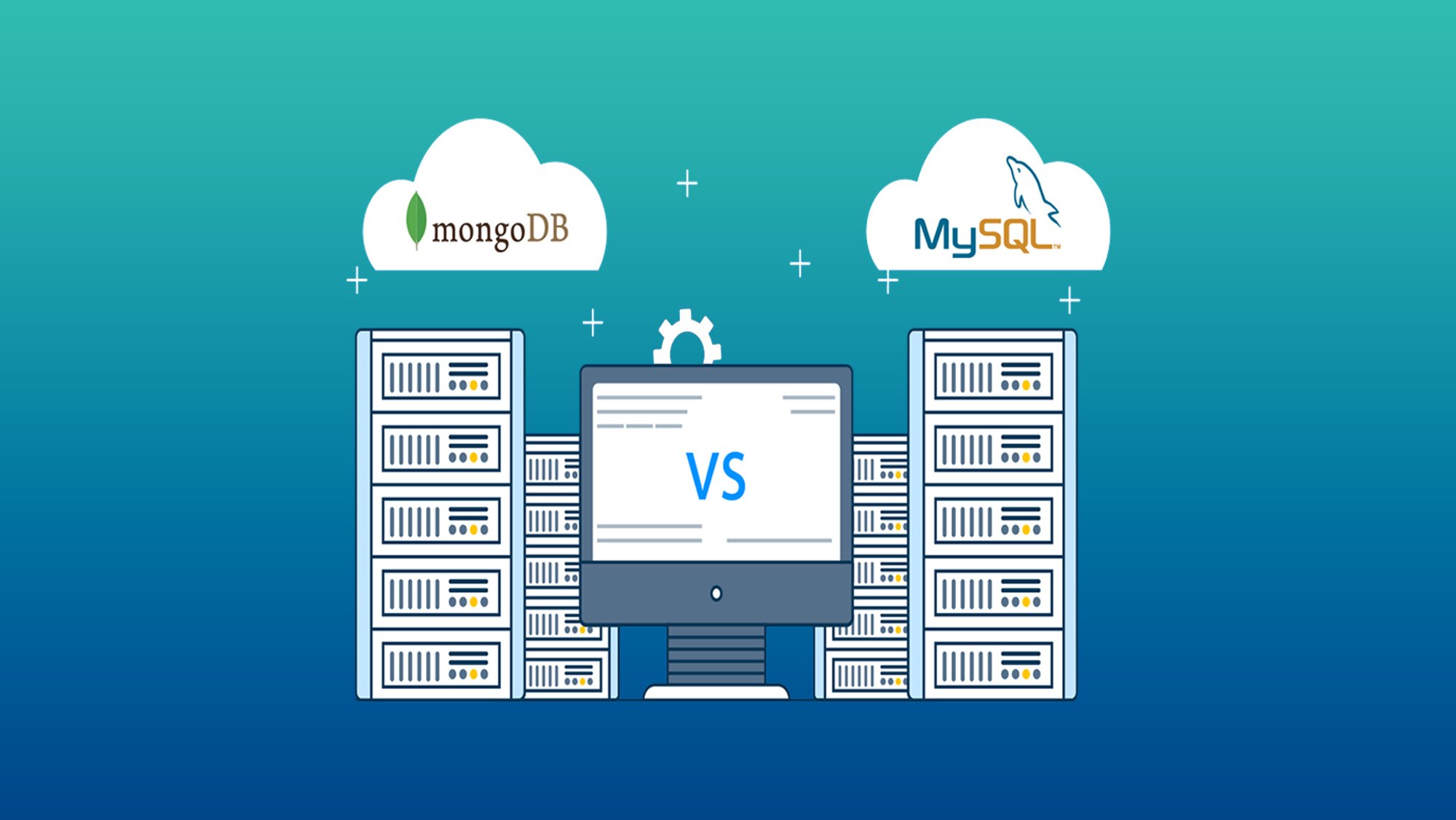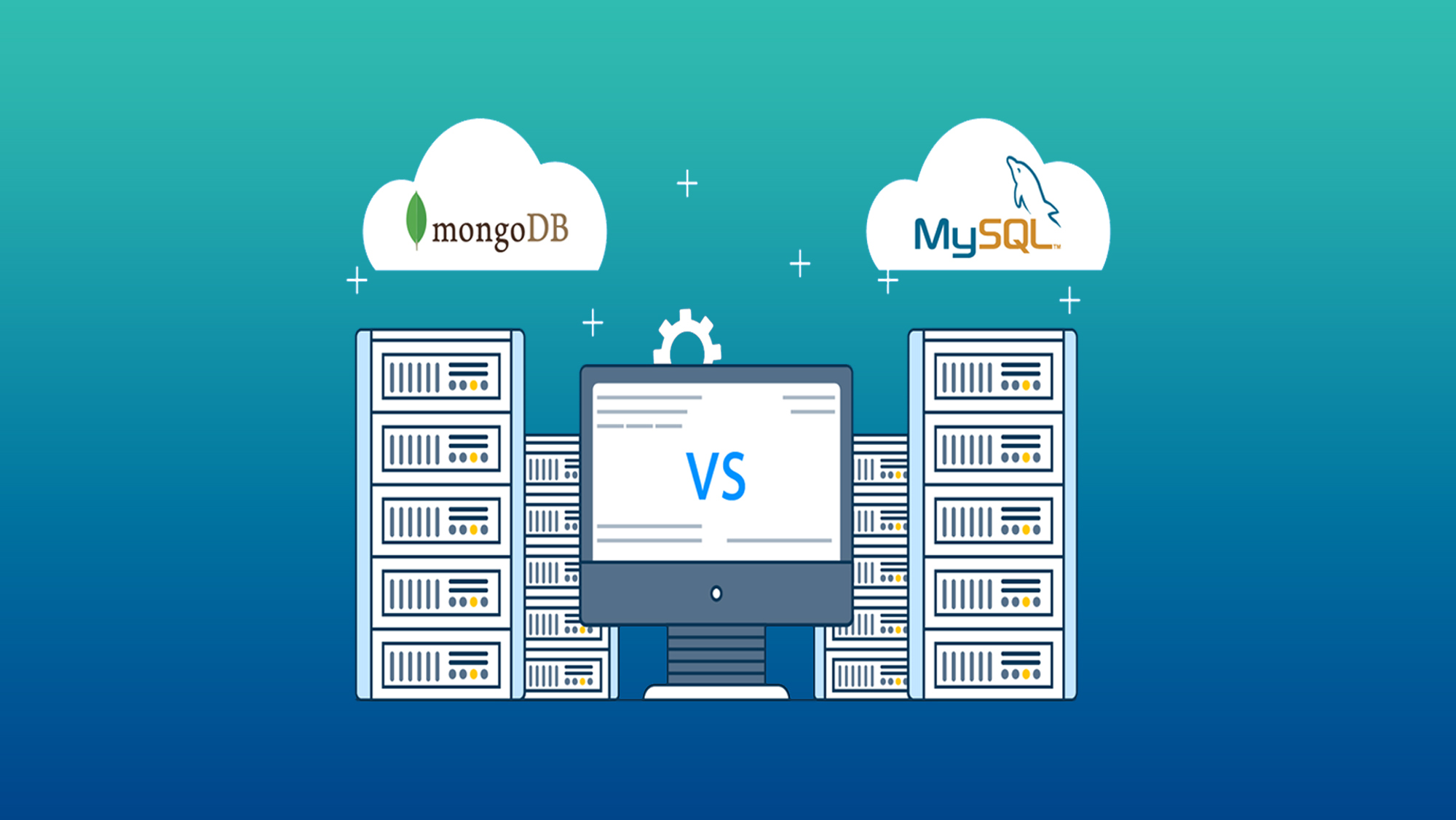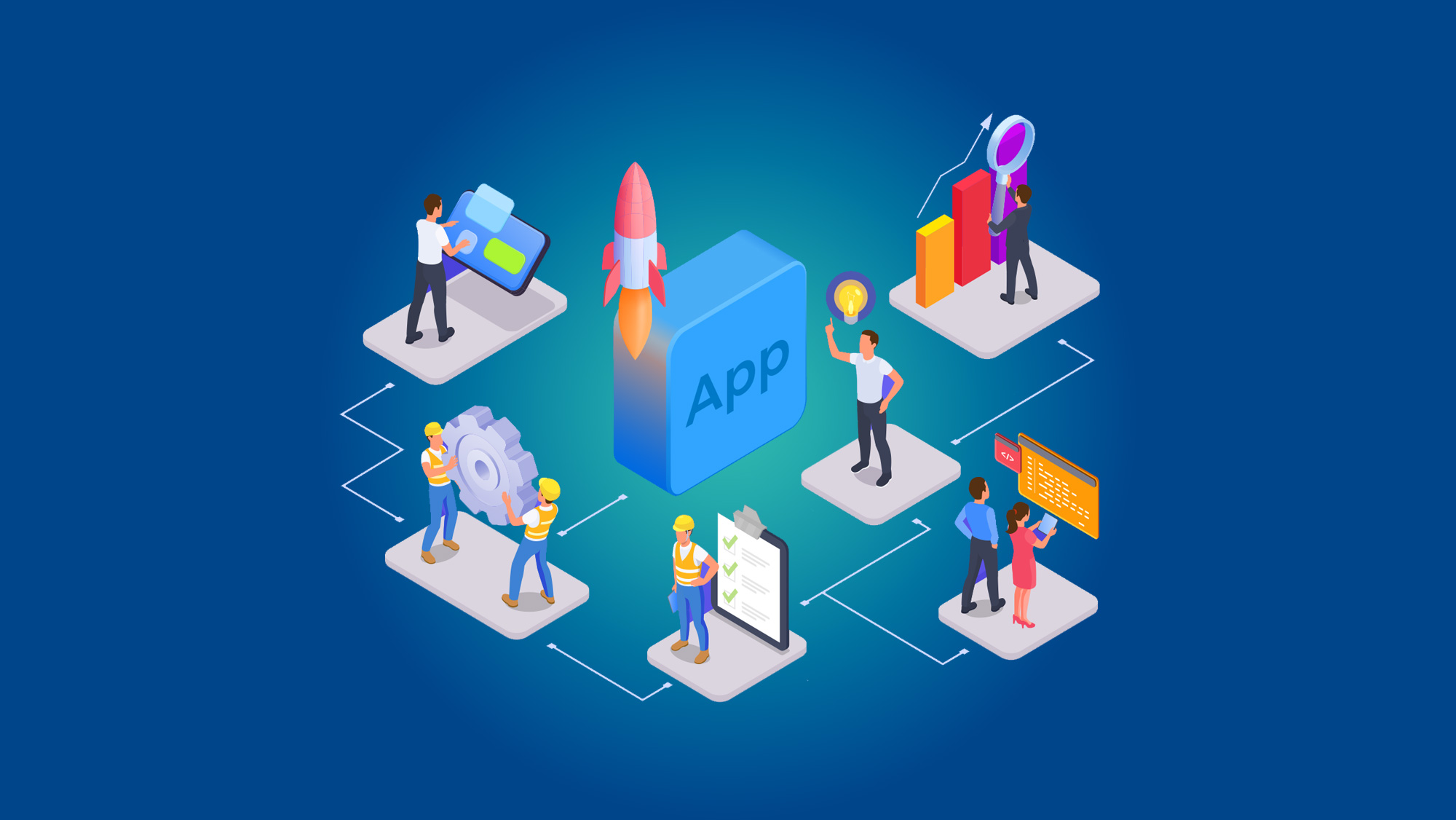Mastering MongoDB: Essential Tips and Tricks for Developers
Introduction:
In the ever-evolving landscape of database management systems, MongoDB has emerged as a powerful and flexible option for developers seeking a NoSQL solution. Its document-oriented architecture, scalability, and ease of use make it a favorite among businesses and developers alike. Whether you're just starting with MongoDB or looking to enhance your skills, this guide will provide you with essential tips and tricks to help you master MongoDB and optimize your development workflow.
Understanding MongoDB Basics
Before delving into the advanced tips and tricks, let's establish a solid foundation of MongoDB's fundamental concepts:
1. Document-Oriented Structure:
Unlike traditional relational databases, MongoDB stores data in a JSON-like format called BSON (Binary JSON). Each piece of data is a document, akin to a row in a table, containing key-value pairs.
2. Collections and Databases:
Documents are organized into collections, which are analogous to tables in relational databases. Collections are grouped within databases, allowing for logical data separation.
3. ObjectId:
MongoDB automatically generates a unique _id field for each document. This ObjectId is used as the primary key and ensures a globally unique identifier for every document.
4. Query Language:
MongoDB uses a powerful query language for data retrieval. It supports a wide range of queries, including filtering, sorting, and aggregating data.
5. Indexing:
Indexing improves query performance by creating data structures that allow for faster data retrieval. Understanding how to design and use indexes is crucial for optimizing database performance.
Essential Tips and Tricks:
Now that we've covered the basics, let's explore some essential tips and tricks that will help you become a MongoDB master:
Data Modeling Best Practices:
- Embedding vs. Referencing: MongoDB supports both embedding and referencing related data. Choose the appropriate approach based on data access patterns and relationships between documents.
- Denormalization: In some cases, denormalizing data by duplicating information across documents can improve read performance, reducing the need for complex joins.
Indexing Strategies:
- Compound Indexes: Combine multiple fields into a single index to support queries that filter on multiple criteria. Carefully design compound indexes to match common query patterns.
- Covered Queries: Design indexes that cover all the fields required by a query. This allows MongoDB to satisfy the query solely from the index, reducing the need to fetch data from the actual documents.
Aggregation Framework:
- Pipeline Stages: Utilize the aggregation pipeline to transform, filter, and analyze data. Break down complex operations into stages to achieve efficient and organized data processing.
-

Read More: MongoDB Vs Traditional Databases: Why MongoDB is the Future
- Expression Operators: Leverage a variety
of expression operators to perform calculations, comparisons, and transformations within aggregation pipelines.
Performance Optimization:
- Profiling: Enable the MongoDB profiler to capture query performance data. Analyze query execution times and identify slow-running queries for optimization.
- Explain Plans: Use the
explainmethod to obtain execution plans for queries. This helps in understanding how MongoDB is processing your queries and suggests areas for optimization.
Replica Sets and Sharding:
- Replica Sets: Ensure high availability and data redundancy by setting up replica sets. They provide automatic failover and enable read scalability by distributing read traffic across multiple nodes.
- Sharding: Horizontal scaling is achieved through sharding, distributing data across multiple shards. Design your sharding key carefully to evenly distribute data and prevent hotspots.
Security and Authentication:
- Authentication and Authorization: Enable authentication to secure your MongoDB instance. Create users with specific roles and permissions to control access to databases and collections.
- Network Configuration: Bind MongoDB to specific IP addresses and ports to restrict network access. Use SSL/TLS encryption for secure data transmission.
Conclusion:
Mastering MongoDB requires a deep understanding of its core concepts and practical application of advanced techniques. By following these essential tips and tricks, you'll be well on your way to becoming a proficient MongoDB developer. Remember that continuous learning and practice are key to staying up-to-date with MongoDB's evolving features and best practices. As you gain experience, you'll be able to architect robust database solutions, optimize query performance, and confidently tackle complex data challenges.
You May Also Like
These Related Stories

Everything You Need to Know About MongoDB Training

MongoDB Vs Traditional Databases: Why MongoDB is the Future



No Comments Yet
Let us know what you think